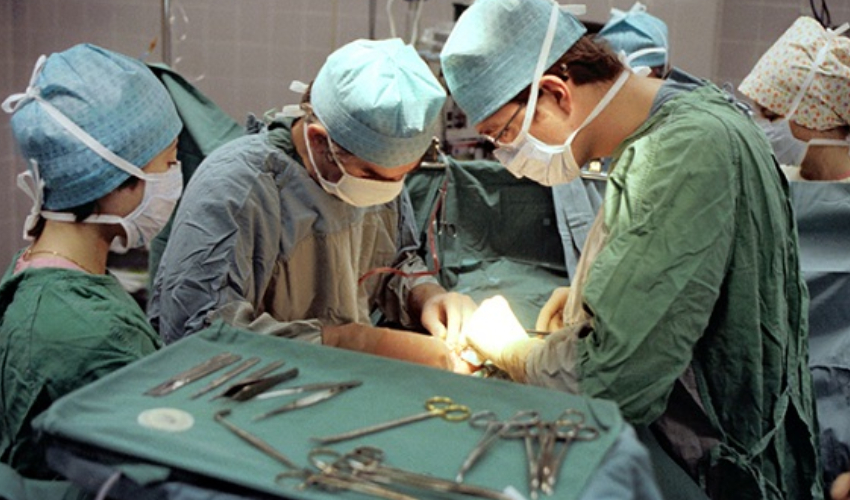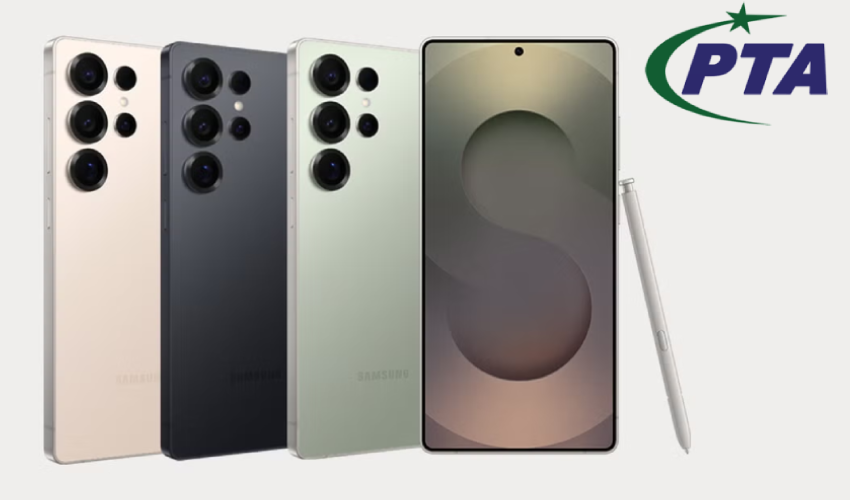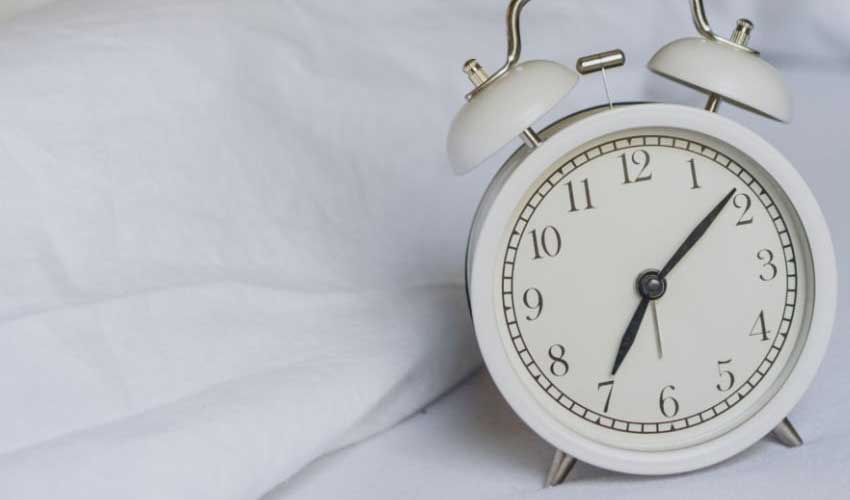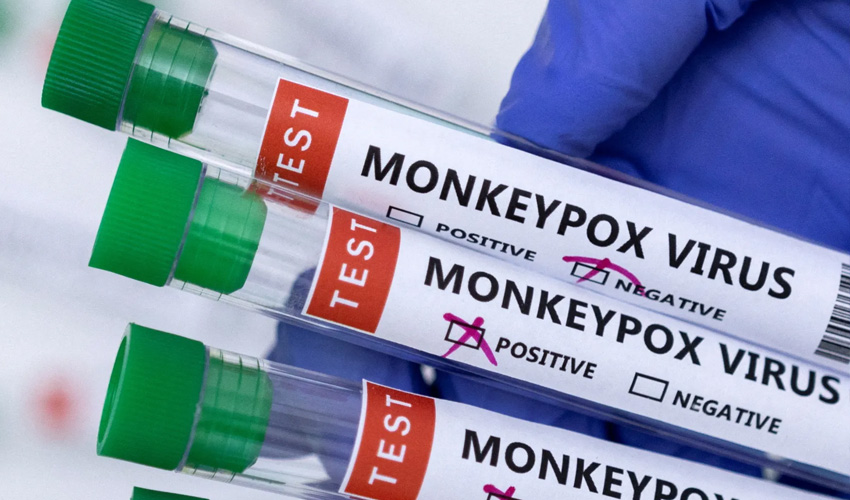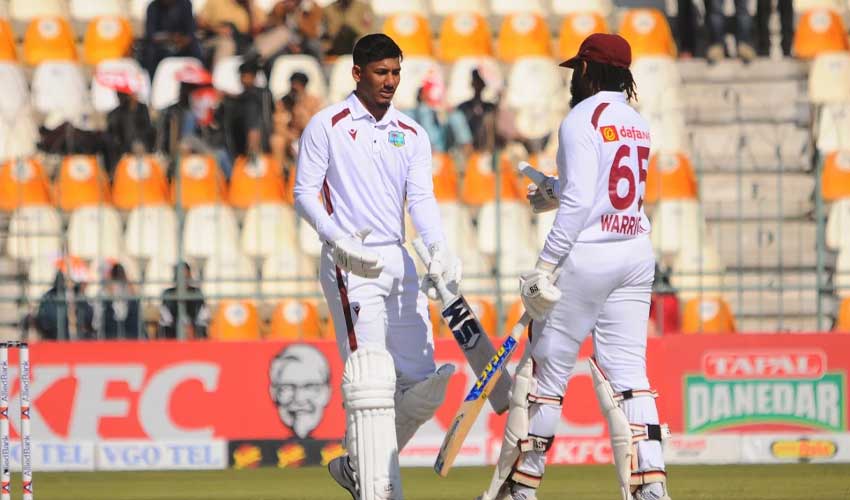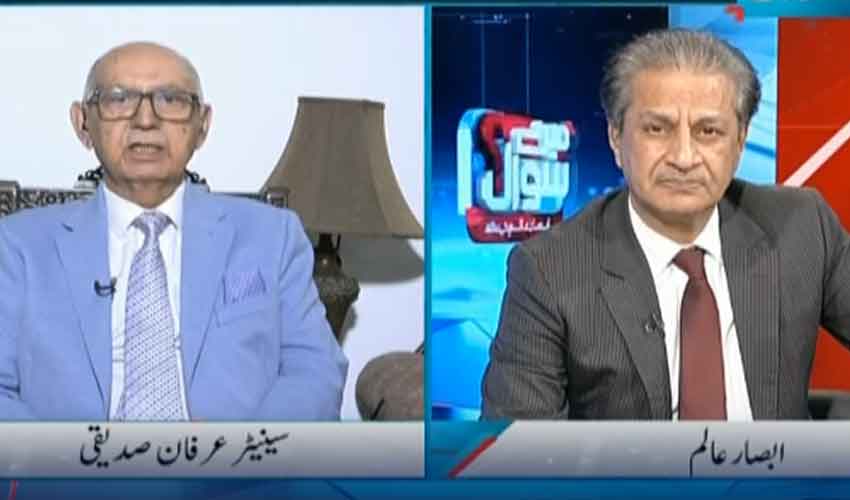US surgeons have performed the first-ever whole-eye transplant in a human, which is considered a breakthrough even though the patient has not regained sight in the eye.
Six months after the surgery, the grafted eye has shown important signs of health such as well-functioning blood vessels and a promising-looking retina, according to the surgical team at NYU Langone Health.
Dr. Eduardo Rodriguez, who led the team, said that the mere fact that they transplanted an eye is a huge step forward especially since it has been thought about for centuries but never performed.
Until now, doctors have only been able to transplant the cornea, which is the clear front layer of the eye.
The recipient of the eye, Aaron James, is a 46-year-old military veteran from Arkansas who survived a work-related high-voltage electrical accident that destroyed the left side of his face, including his nose, mouth, and left eye.
The transplant surgery took 21 hours.
Doctors initially planned to include the eyeball as part of the face transplant for cosmetic reasons, but Rodriguez said that if some form of vision restoration occurred, it would be wonderful.
Whatever happens going forward will be monitored, Rodriguez said.
Presently, the transplanted eye is not communicating with the brain through the optic nerve.
To encourage healing of the connection between the donor and recipient optic nerves, surgeons harvested adult stem cells from the donor’s bone marrow and injected them into the optic nerve during the transplant.
They hope that the stem cells will replace damaged cells and protect the nerve.
Rodriguez said that transplantation of a viable eye globe opens many new possibilities, even if sight is not restored in this case.
Other research teams are developing ways to connect nerve networks in the brain to sightless eyes through insertion of electrodes, for example, to allow vision, he said.
James, who had retained vision in his right eye, knew he might not regain vision in the transplanted eye.
The doctors “never expected it to work at all, and they told me that from the get-go,” he said.
“I told them, 'even if I can’t see... maybe at least you all can learn something to help the next person.’ That’s how you get started," he said. "Hopefully this opens up a new path.”
James might still regain sight in the transplanted eye, Rodriguez said.
“I don't think anyone can claim that he will see. But by the same token, they can’t claim that he will not see,” Rodriguez said. “At this point, I think we're pretty happy with the result that we were able to achieve with a very technically demanding operation.”





